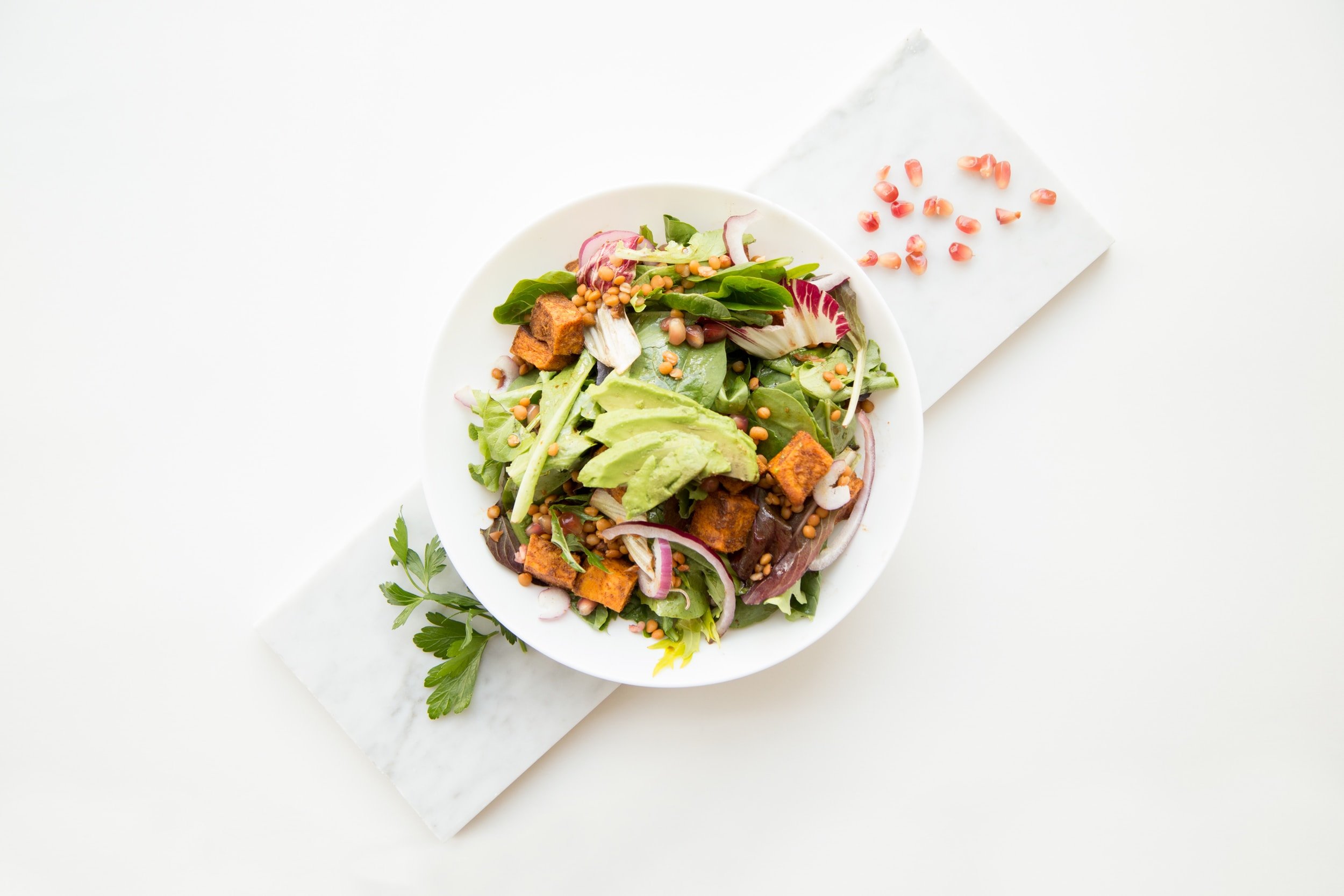Gluten-Free Living: Navigating the Gluten-Free Diet Successfully
For individuals with celiac disease, gluten sensitivity, or wheat allergies, adopting a gluten-free diet is essential for maintaining good health and well-being. Gluten is a protein found in wheat, barley, rye, and their derivatives. For those with gluten-related disorders, consuming even small amounts of gluten can trigger adverse reactions. In this comprehensive guide, we will explore the gluten-free diet, its health implications, how to navigate gluten-free living successfully, and provide valuable resources for those embracing this dietary lifestyle.
Understanding Gluten and Gluten-Related Disorders
Gluten is a protein composite that gives elasticity to dough, helping it rise and maintain its shape. While gluten is harmless for most people, it can be problematic for individuals with certain conditions:
Celiac Disease: An autoimmune disorder where gluten triggers an immune response that damages the small intestine lining, leading to malabsorption of nutrients.
Non-Celiac Gluten Sensitivity (NCGS): A condition where individuals experience symptoms similar to celiac disease when consuming gluten, but without the immune system attacking the intestine.
Wheat Allergy: An allergic reaction to proteins found in wheat, distinct from gluten but necessitating a gluten-free diet.
The Gluten-Free Diet: Foods to Avoid and Foods to Enjoy
For those who need to follow a gluten-free diet, avoiding gluten-containing grains is essential. Here are foods to avoid:
Wheat: This includes all forms of wheat, such as durum, farina, graham, semolina, and spelt.
Barley: Barley and barley-based products should be avoided.
Rye: Rye and rye-based ingredients are off-limits.
Common Sources of Gluten: Gluten can hide in various processed foods, sauces, soups, and condiments, so it's essential to read labels carefully.

Foods that can be safely enjoyed on a gluten-free diet include:
Naturally Gluten-Free Grains: Rice, corn, quinoa, millet, sorghum, and oats (if labeled gluten-free).
Legumes: Beans, lentils, peas, and chickpeas are excellent sources of protein and fiber.
Fruits and Vegetables: Fresh fruits and vegetables are naturally gluten-free and provide essential vitamins and minerals.
Gluten-Free Alternatives: Look for gluten-free versions of bread, pasta, and baked goods made from alternative flours like rice, corn, or almond flour.
The Importance of Label Reading
When following a gluten-free diet, reading labels becomes second nature. Look for clear indications of gluten content and possible cross-contamination. Be cautious of foods processed in shared facilities that handle gluten-containing products, as cross-contamination can occur.
Seek out products labeled as "gluten-free" or with clear gluten-free certification logos, as they are more likely to be safe for consumption.
Ensuring a Balanced Gluten-Free Diet
A gluten-free diet can be nutritious and balanced, provided careful attention is given to essential nutrients:
Fiber: Consume fiber-rich foods like fruits, vegetables, legumes, and gluten-free whole grains to support digestive health.
Vitamins and Minerals: Focus on a diverse diet that includes a variety of nutrient-dense foods to obtain essential vitamins and minerals.
Iron and Calcium: Include gluten-free sources of iron (e.g., beans, lentils, fortified cereals) and calcium (e.g., fortified plant-based milk, leafy greens) in your diet.
Vitamin B12: As vitamin B12 is mainly found in animal products, consider supplementation or consuming fortified foods.
Navigating Social Situations and Dining Out
Living gluten-free can present challenges in social situations and while dining out. Here are some tips to navigate these scenarios successfully:
Educate Friends and Family: Help your loved ones understand your dietary needs and the importance of avoiding gluten.
Plan Ahead: When attending social events or restaurants, check the menu in advance and communicate your dietary requirements to the host or restaurant staff.
Bring Gluten-Free Snacks: Always have gluten-free snacks on hand to avoid feeling hungry when safe options are limited.
Choose Safe Restaurants: Opt for restaurants that offer gluten-free options or have dedicated gluten-free menus.
Be Cautious with Cross-Contamination: Inform restaurant staff about your gluten-free needs and inquire about cross-contamination prevention.

Resources and Support for Gluten-Free Living
Embracing a gluten-free lifestyle is made easier by the wealth of resources and support available:
Celiac Support Groups: Join local or online support groups to connect with others following a gluten-free diet.
Gluten-Free Cookbooks: Explore cookbooks dedicated to gluten-free recipes and meal ideas.
Gluten-Free Apps: Download gluten-free apps for recipe inspiration, dining-out recommendations, and gluten-free product scanning.
Certified Gluten-Free Products: Look for products certified by reputable gluten-free organizations to ensure safety.
Conclusion
For individuals with celiac disease, gluten sensitivity, or wheat allergies, embracing a gluten-free diet is crucial for maintaining good health and well-being. By avoiding gluten-containing grains and processed foods and choosing naturally gluten-free alternatives, you can successfully navigate gluten-free living. Educate yourself about label reading, ensure a balanced diet, and seek support and resources to make your gluten-free journey fulfilling and enjoyable.
Sources:
- Celiac Disease Foundation - "What is Celiac Disease?" - celiac.org/about-celiac-disease/what-is-celiac-disease/
- Beyond Celiac - "Non-Celiac Gluten Sensitivity" - beyondceliac.org/celiac-disease/non-celiac-gluten-sensitivity/
- American College of Allergy, Asthma & Immunology - "Wheat Allergy" - acaai.org/allergies/types/food-allergies/types-food-allergy/wheat-allergy
- Mayo Clinic - "Gluten-free diet: What's allowed, what's not" - mayoclinic.org/healthy-lifestyle/nutrition-and-healthy-eating/in-depth/gluten-free-diet/art-20048530